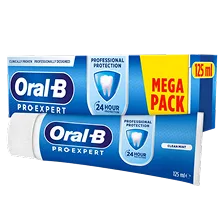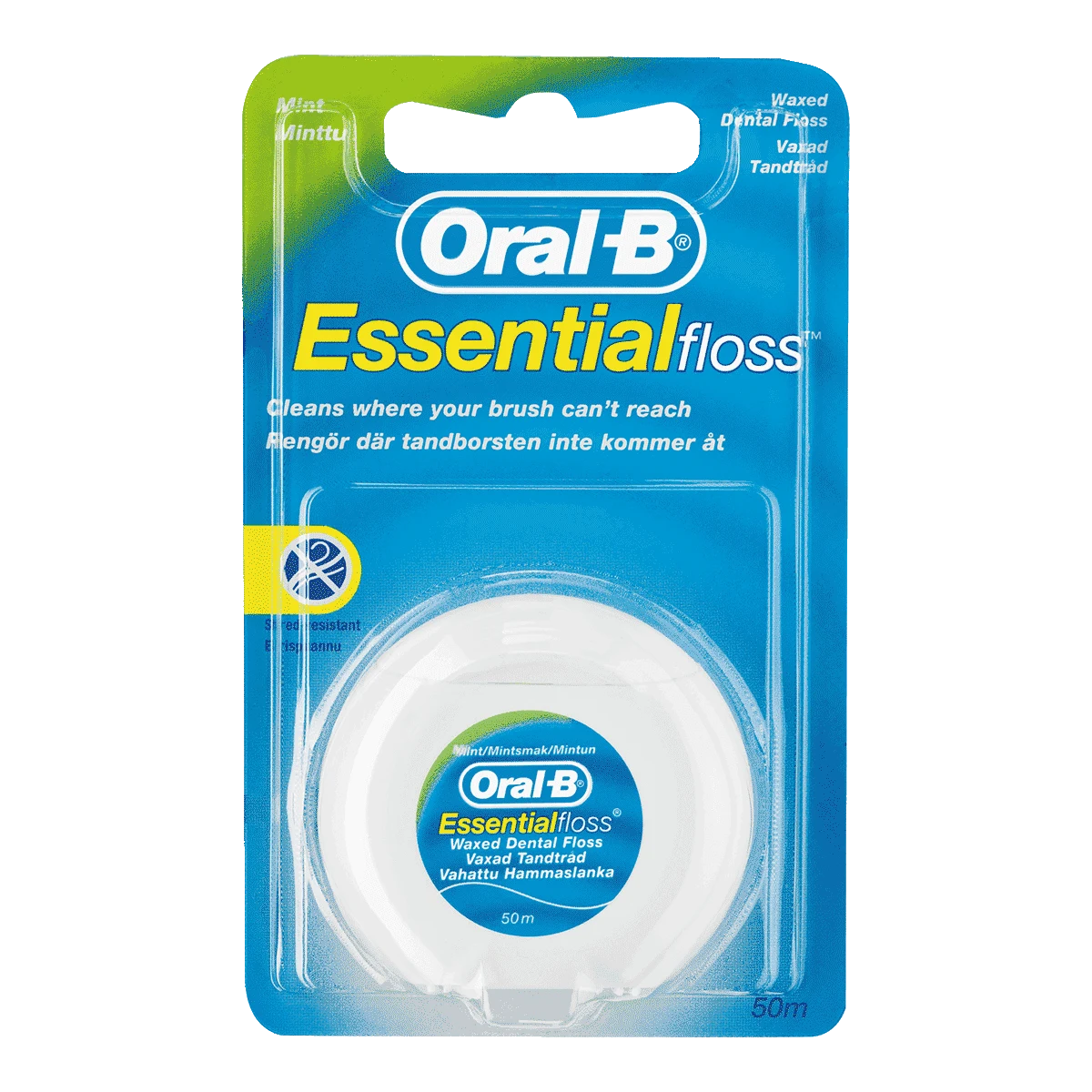06-04-2025
Dental crowns are fitted caps that support and restore broken or weak teeth and re-seal after dental implants or root canals.
Crowns can be made of a variety of materials, including resin, porcelain, and metal and can last for up to 15 years once fitted.
Installing a dental crown is one of the most common dental treatments, so it is important to understand why and when they may be necessary. This article will discuss how dental crowns work, how they are installed, and the pros and cons of this treatment method.
Table of Contents

Key Takeaways
- A dental crown is a tooth-shaped cap that fits over a damaged tooth. They can be made from several materials, including metal, porcelain, and ceramic.
- Dental crowns can support broken, cracked, or decayed teeth.
- Most crowns can be installed in 2 trips to the dentist and should not require any recovery time.
What is a Dental Crown?
Dental crowns are tooth-shaped caps that fit over a decayed, weak, or damaged tooth. Crowns are a restorative procedure and cover teeth that need protection to ensure no further damage is done. You may also hear them referred to as dental caps.
Before they are fitted, a small amount of enamel is removed from the damaged tooth to ensure the crown can fit tightly on the affected area. Crowns can be made of a variety of materials, but you will commonly see porcelain, resin, and metal ones.
When is a Dental Crown Needed?
Dental crowns are versatile and can be used as effective treatment in several circumstances, including:
To support and cover a cracked tooth or a broken tooth
To reinforce a weak or decayed tooth
To cover a discoloured tooth
To seal a tooth that has undergone a root canal
To cover a dental implant
To support a tooth with a large filling
To hold a dental bridge in place
To protect a child at high risk of tooth decay
Crowns are not the only treatment method used in these scenarios, but they are common and effective. For more information on how to fix a cracked tooth, see our guide here.
What are the Different Types of Dental Crowns ?
Different Materials Used for Different Types of Crowns
Porcelain-fused-to-metal (PFM) crowns
A combination of the look of porcelain and the durability of metal, this type of crown is a good option for those who want a natural look. PFM crowns can be colour-matched to existing teeth, giving them a seamless appearance in the mouth.
PFMs are a strong and durable dental crown, but they do have some drawbacks, including that they are more likely to wear down opposing teeth than other types of crowns. Porcelain can also chip away, leaving a person with a less natural-looking metal crown.
Pressed Ceramic Crowns
Similar to the PFM, a pressed ceramic crown coats a hard ceramic core in natural-looking layers of porcelain (which can be colour-matched to existing teeth).
Though strong and durable, pressed ceramic dental crowns can wear down opposing teeth and suffer the same porcelain chips as PFMs do.
All-Resin Crowns
Generally a cheaper option, an all-resin type of dental crown can provide a natural-looking solution to a cracked tooth or other dental ailment.
Though they are useful, all-resin crowns are typically fragile and more likely to suffer from cracks than any other type of dental crown. For this reason, dentists often use them as a temporary crown.
Metal Crowns
Metal crowns are arguably the strongest and most durable type of dental crown. Dentists can use several metals to make a crown, including gold, chromium, nickel, and palladium.
Metal crowns have two main drawbacks: the unnatural look and colour and metal allergies. If neither of these pose an issue to you, then they are a good long-term option.
All Ceramic / Porcelain Crowns
Ceramic or porcelain dental crowns can mimic the natural appearance of teeth more than any other type of dental crown, making them a good option if aesthetics is high on your priority list. They also do not contain metal, making them a more allergy-friendly option.
They are not as strong or durable as metal crowns, but they still should not crack easily.
Zirconia Crowns
Zirconia crowns are a type of ceramic crown. They are extremely durable and can live through more wear and tear than any other type of ceramic dental crown. They are also gentle on opposing teeth, leading to less erosion.
The question ‘how long do zirconia crowns last’ is up for debate, but most dentists agree this type of crown will last between 10 and 15 years.
Composite Resin
Composite resin crowns combine synthetic resin and fine glass particles to make a protective, tooth coloured crown. While some arguments say composite resin crowns are stronger than all-resin crowns, they are still not as durable as PFM, metal or ceramics.
Types of Crowns
Temporary Crown
A temporary crown only stays in the mouth for a short period. It is attached with a firm but removable adhesive and protects the tooth while a permanent crown is being made.
If you are wondering ‘how long does a temporary crown last’ then do not worry. Your dentist will ensure that your temporary crown can last for the duration it takes to create your permanent crown.
One-Day Crown
If you are lucky enough to visit a dentist with a computer-aided design system, then you may be able to receive a one-day crown. This type of dental crown is designed and installed in a single visit and will typically be made from ceramics.
Onlay or ¾ Crown
In some circumstances, your dentist may recommend an Onlay or ¾ crown. These treatments are used when the entire tooth does not need to be covered, typically due to a smaller amount of damage or decay being present.
What is the Dental Crown Procedure?
What Steps are Involved in Preparing a Tooth for a Crown?
In most instances, a dental crown will take 2 trips to the dentist to install, the first for examination and preparation, and the second for installation.
Trip 1: Examination and Preparation
In your initial visit, your dentist will examine the damaged or cracked tooth possibly using X-rays. This is done to determine the extent of damage and see if any other treatments, including a root canal, may be necessary before your crown is fitted.
After the examination and any necessary pre-treatments are completed, your dentist will file down the outer layer of your tooth, removing damaged parts and giving the crown space to fit.
An impression will then be taken of the trimmed tooth, and a temporary crown will be fitted to protect your filed tooth from becoming damaged. This impression will be sent to a dental technician lab which will make your permanent crown. This process will vary in length but can take several weeks.
Trip 2: Installing Your Permanent Crown
Your second visit will be much simpler and involve the fitting of your crown. Using a strong adhesive, your dentist will attach the dental crown to the affected tooth, protecting it from future damage.
If you are wondering ‘how long does a dental crown last’, this will differ depending on the materials used. Metal and PFM crowns will tend to last longer than those made of porcelain or resin.
Alternatives to Dental Crowns
Veneers vs. Crowns – How to Choose the Best Option
Though they may appear similar, teeth veneers and dental caps have very different uses and are generally not interchangeable:
Veneers are thin shells that cover the front surface of your teeth. They are typically used for cosmetic reasons but can also cover small chips or cracks.
Dental caps are tooth-shaped caps that cover the entirety of a tooth. They are used to seal teeth after procedures such as root canals or to strengthen badly damaged or cracked teeth.
What is the Most Common Alternative to a Crown?
The most common alternatives to dental crowns include:
Inlays or Onlays
Sometimes, a tooth may be too damaged for a filling but not yet at the stage where a crown is necessary. In this instance, a dentist may opt for an inlay or an onlay. Inlays fill gaps within teeth, whereas an onlay is fitted into gaps and covers the chewing surface of a tooth.
Tooth Extractions and Dental Implants
A seriously damaged or cracked tooth may be beyond saving and need extraction. In these cases, crowns will not be recommended, and instead, the tooth will be completely removed and replaced with a dental implant.
What are the Pros and Cons of Dental Crowns?
Disadvantages of Dental Crowns – Complications
Although a dental crown is typically a reliable treatment, there are potential complications of the treatment, including:
Improper fitting leading to discomfort
Covering areas of decay, which may lead to infection
Allergic reactions to materials in the dental crown
Sensitivity to hot and cold food or drink
A dental crown should not be placed on a tooth with untreated decay, it can lead to infection and gum disease. Learn the symptoms of gum disease with our guide.
Advantages of Dental Crowns
There are many advantages to dental crowns:
Preventing future cavities and decay on the tooth’s surface
Improving the appearance of teeth that have decayed
Reinforcing weak teeth and helping prevent a cracked tooth
Some dental crowns can last as long as 15 years, making them a long-term solution to weakened teeth and a good way to prevent further damage.
Dental Crown Care and Recovery
In most cases, recovery from a dental crown fitting is easy, and most people can immediately return to normal life. During the days after the procedure, you may experience some swelling or soreness around the affected tooth, but this should disappear in a few days and can be helped by OTC pain medications.
You may also want to avoid any hot or cold, sticky, or hard foods as they could dislodge the crown or cause tooth sensitivity.
Smile Bright with Oral-B
Dental crowns play an important role in restoring damaged teeth, protecting them from further wear while improving both function and appearance. To maintain the health of a crowned tooth—and the surrounding teeth—adopting a strong oral care routine is essential. That’s where the Oral-B iO Series electric toothbrushes come in, offering gentle yet powerful brushing experience, helping to protect your dental work while supporting your overall oral health.
Oral-B is committed to promoting everyday oral wellness, and that includes encouraging regular dental check-ups. Professional care ensures crowns remain in good condition and that any issues are caught early. By combining the iO Series with consistent dental visits, you’re giving your smile the protection and care it deserves.
FAQs

Can I eat normally with a dental crown?

How do I care for a dental crown?

Are dental crowns noticeable?
Sources
https://my.clevelandclinic.org/health/treatments/10923-dental-crowns
https://www.smilemakersal.com/the-pros-and-cons-of-dental-crowns/
https://my.clevelandclinic.org/health/treatments/10923-dental-crowns
https://www.dentalguide.co.uk/patient-guides/a-guide-to-onlays-and-inlays/
https://www.healthline.com/find-care/articles/dentists/dental-crown#are-there-alternatives-to-crowns
About Our Medical Reviewers
Dr Robert Lee is a dentist with more than thirty years of experience in the industry.
Graduating from the University of Sydney with a Bachelor of Dental Surgery and from the University of New South Wales with a Master of Business Administration, Robert’s career has taken him all over the world – from Australia to Germany to his current position in Chicago, where he is the founder of Denticus Inc., offering strategic dental consulting.
Robert has previously worked for Procter & Gamble as the Director of Professional Scientific Relations in both the Cincinnati and Sydney offices, being responsible for external relations and scientific exchange with leading professional associations and industry thought leaders. He was also responsible for all technical and scientific training for the professional teams in North America and Australia.
Robert has been assisting the team at Oral-B by fact-checking and reviewing our blogs on dental health.
Sign Up
for expert advice and exclusive offers



